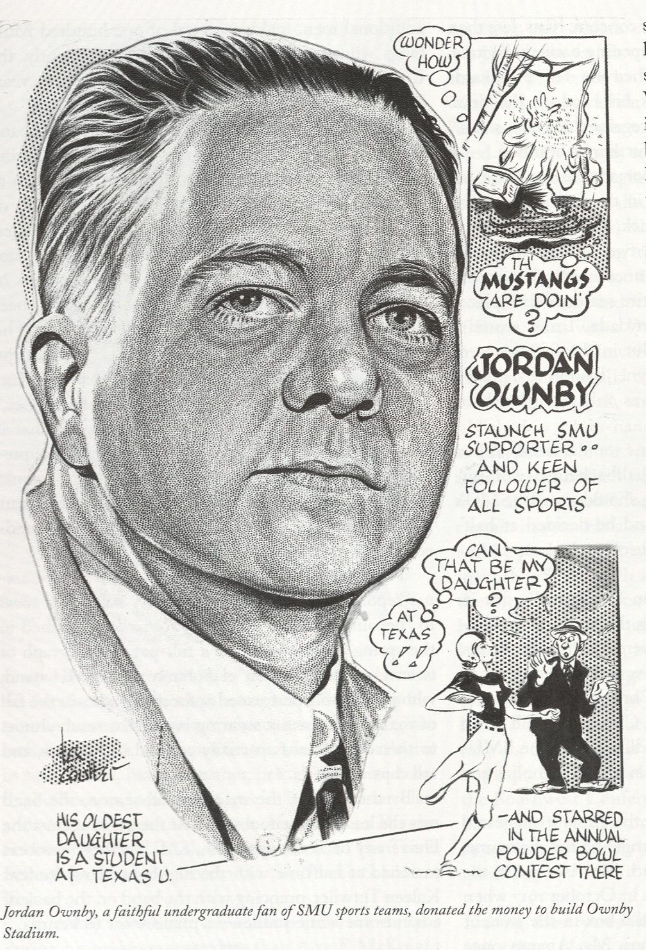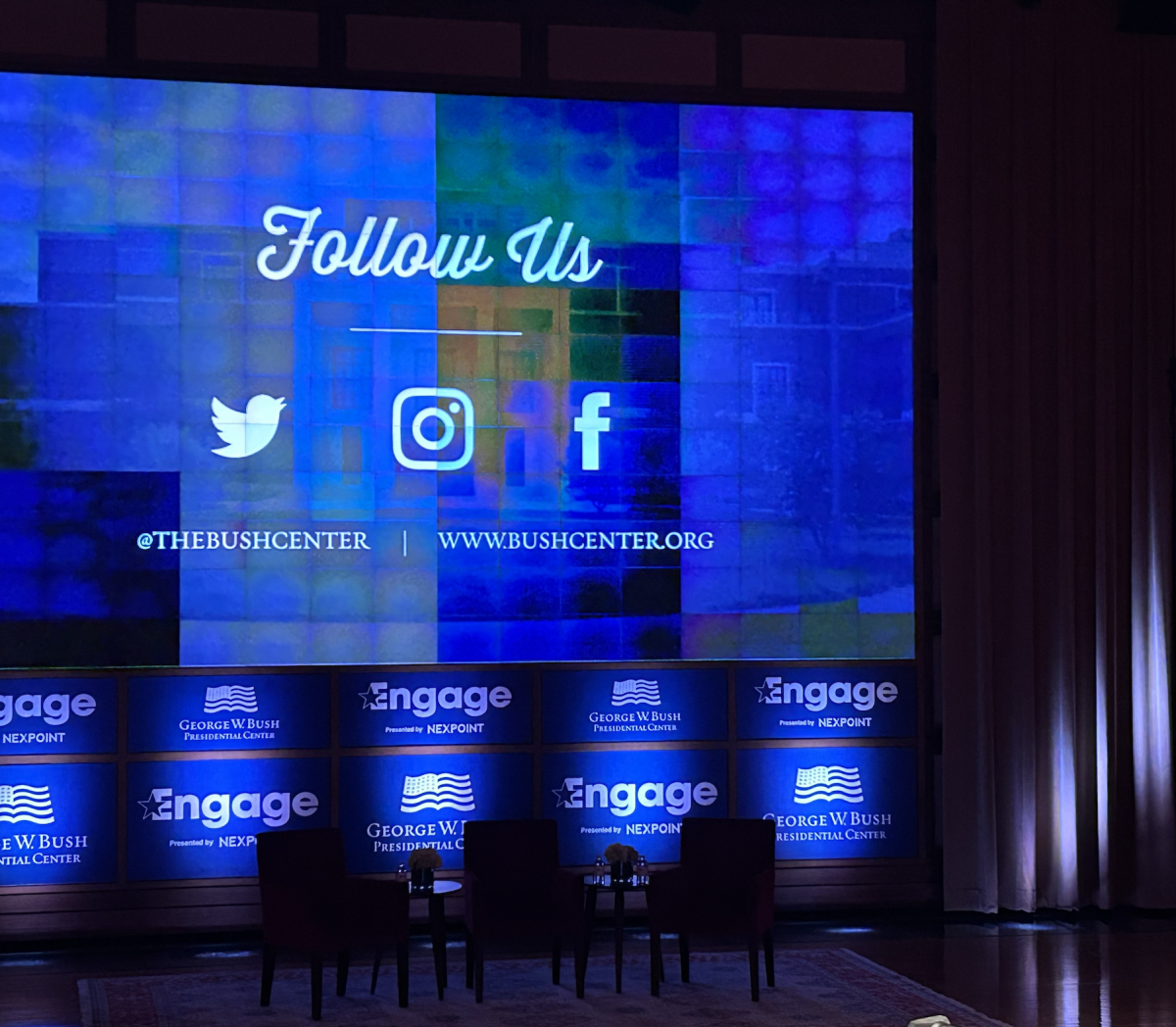Over the past couple of months, it seems like the economic news keeps getting better and better, putting President Obama and the Democrats in a much stronger position for the 2012 elections. Even as recent as November, most Democrats were incredibly pessimistic about their chances. Now, after three months of better-than-expected job reports and a steadily declining unemployment rate, Democrats talk openly about keeping the Senate and the Presidency as well as re-taking the House.
Throughout 2011, virtually every opinion poll had Obama and the Democrats behind Republicans, but now most polls have Obama ahead of his possible opponents. While it seems like the latest economic report, released last Friday, which pegged the unemployment rate for January at 8.2 percent, down from 8.5 percent in December, is nothing but good news for the president and his party. The reason for the decline in the unemployment rate needs to be taken into account.
The main reason that the unemployment rate has been declining is because only people who are actively seeking work are counted as unemployed. In January, even though 243,000 jobs were created, a good number showing that the economy is indeed improving, the more significant statistic is the number of people who gave up looking for work and, therefore, are not technically part of the workforce and cannot be counted as unemployed.
In January, 1.2 million people dropped out of the workforce, an all-time record. This factor was the main reason that the jobless rate declined; not any stellar economic growth or job creation.
Another indication of this is the Labor Force Participation Rate, which fell to a record low of 63.7 percent. This means that only 63.7 percent of people who would normally be eligible for work are even actively searching for employment.
This is clearly not the sign of a strong and lasting recovery, and the non-partisan CBO came out earlier this week with a report that pegged the real unemployment rate at 10 percent. This is not the official number, but it is an estimation of what the real unemployment rate would be if all of the people who would normally still be in the labor force under more normal economic circumstances.
The surface statistics point to an Obama recovery, yet the numbers that underlie these statistics point to an overall weak economy. This recovery has been the weakest on record. On average, at this point after a recession, the economy should be growing at double the rate it grew last year. Look for President Obama to begin taking credit for the declining unemployment rate, and improving economic picture.
However, Americans outside of Washington feel the effects of the smaller labor force and the continued weakness of the housing market. Any economic problems in Europe could push the economy back over the brink.
So, America is not out of the woods yet. Since this is an election year, it is unlikely that the gridlock in Washington will yield to allow any meaningful economic help to pass. Therefore, the economy is likely to continue improving on the surface as it has been.
President Obama will make the most of this and will most likely be re-elected, unless the Republican challenger, most likely Mitt Romney, can make the case, supported by historical facts, that this recovery is not as quick or effective as it should be.
Andrew is a sophomore majoring in finance, French, and markets and culture.












